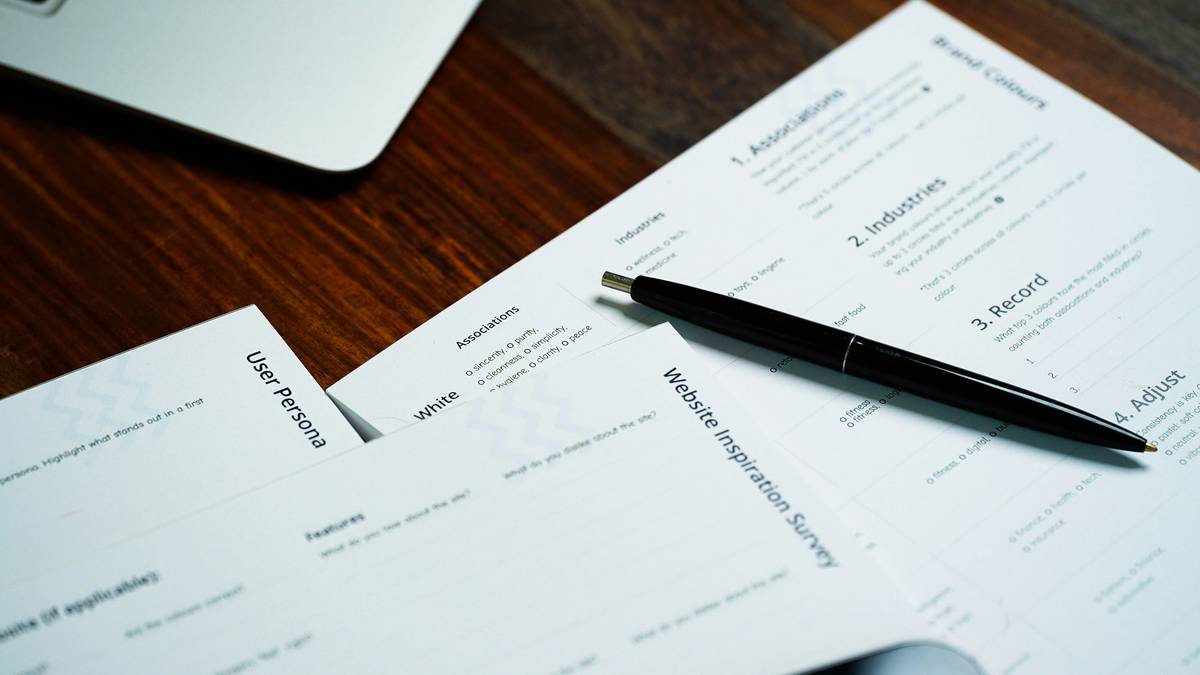Ever tried submitting a patent claim, only to realize you’re knee-deep in legalese and confusion? Yeah, we’ve all been there.
Filing a patent can feel like navigating an obstacle course blindfolded, especially when it comes to the risk of patent infringement. If you’re wondering how to submit a patent claim while keeping your assets—and sanity—intact, this guide is for you. Let’s dive into the murky waters of patent claims, insurance, and actionable strategies that’ll save you time, money, and headaches.
Table of Contents
- Why Patent Infringement Insurance Matters
- Step-by-Step Guide to Submit a Patent Claim
- 5 Tips for Navigating Patent Infringement
- Real-World Examples of Patent Claims Gone (Right/Wrong)
- FAQ About Submitting a Patent Claim
Key Takeaways
- Patent infringement insurance shields you from costly lawsuits when filing or defending patents.
- The process to submit a patent claim involves research, documentation, and legal support.
- Mistakes during patent submissions can lead to disputes; always double-check every detail.
Why Patent Infringement Insurance Matters
I once heard someone say, “Insurance is just throwing money at what-ifs.” But trust me, if you’ve ever had to deal with patent litigation, you’d know why that mindset is straight fire emoji material—burnt wallet included. Here’s the deal:
When you’re submitting a patent claim, you’re not just protecting your invention—you’re stepping into a battlefield where lawyers arm themselves with filings, objections, and counter-objections. Patent infringement insurance provides a safety net against these battles.

Optimist You: “But I’ll never get sued!”
Grumpy You: “Yeah, well, tell that to the thousands who thought the same thing.”
Step-by-Step Guide to Submit a Patent Claim
- Research Existing Patents: Before you even think about submitting your patent application, make sure no one else has already claimed something similar. Tools like Google Patents can help here.
- Document Your Invention: Gather sketches, prototypes, and detailed descriptions of your invention. The more comprehensive your records, the stronger your case will be.
- Consult With a Patent Attorney: Don’t DIY this part unless you want to risk missing critical details. A patent attorney ensures everything aligns with regulations.
- File Your Application: Follow the U.S. Patent and Trademark Office’s (USPTO) guidelines for submission. Double-check deadlines and fees!
- Secure Patent Infringement Insurance: Once approved, consider adding insurance as a protective measure. It’s chef’s kiss for peace of mind.
5 Tips for Navigating Patent Infringement
Now that you have the basics down, let’s talk about some pro tips:
- Avoid Cookie-Cutter Applications: Generic applications are often rejected faster than bad sushi.
- Stay Organized: Keep all correspondence related to your patent in one place—it’s less stressful during audits.
- Regularly Monitor Competitors: Know who might be encroaching on your turf so you’re prepared to act quickly.
- Don’t Skimp on Insurance: Yeah, it feels unnecessary now, but when disaster strikes… whirrrr goes your budget fan.
Terrific Tip Alert:NEVER skip reading terms and conditions. Seriously.
Real-World Examples of Patent Claims Gone (Right/Wrong)
Let’s look at a couple of cases to hammer home the importance of doing things right.
Example of Success: Company X filed their patent with meticulous documentation and secured insurance early on. When another firm accused them of infringement, the insurer covered legal costs entirely, saving millions.
Example of Failure: Inventor Y ignored advice to consult a lawyer. Their vague claims led to rejection followed by a lawsuit accusing them of infringing existing patents. Ouch.

FAQ About Submitting a Patent Claim
Q: Do I really need patent infringement insurance?
A: Absolutely. Without it, you’re gambling with potentially ruinous legal battles.
Q: How much does it cost?
A: Costs vary based on coverage levels, but it typically ranges from $2,000-$15,000 annually. Worth it? You bet.
Q: What happens if I mess up my patent submission?
A: Expect delays, rejections, or worse—lawsuits alleging you violated others’ rights. Sounds fun, huh?
Conclusion
Filing a patent can feel overwhelming, but armed with knowledge and tools like patent infringement insurance, you can navigate the process smoothly. By understanding how to submit a patent claim, you protect both your innovation and yourself financially. Remember the golden rule: preparation beats panic every time.
Cheers to building smarter—not harder. And hey, treat yourself to coffee after all this hard work—it’s basically required. 🫖☕
Like a Tamagotchi, your patent claim needs constant care. Keep feeding it attention, and watch it thrive!


